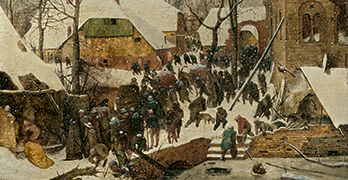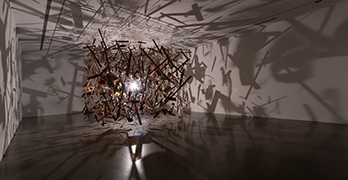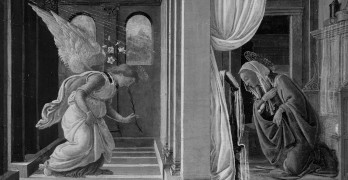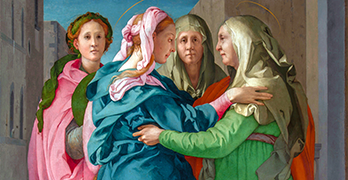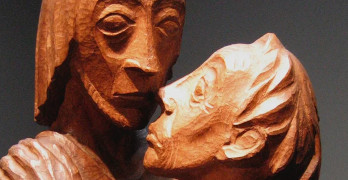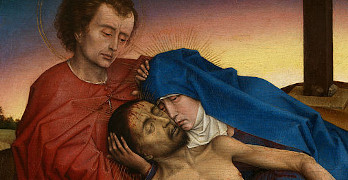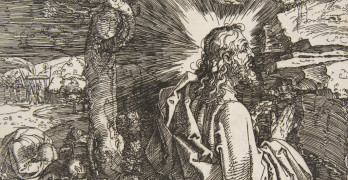A podcast from St Mary’s Cathedral, Glasgow for the Feast of the Epiphany (6 January 2022) • Art historian Dr Deborah Lewer examines Pieter Bruegel the Elder’s ‘The Adoration of the Kings in the Snow’ (Epiphany), 1563
MUSIC: Neil Stewart, accordion
PHOTOGRAPHY: ‘Inside Bruegel’, an initiative from the Kunsthistorisches Museum in Vienna • insidebruegel.net (used with permission)
SPECIAL THANKS to Kunsthistorisches Museum, Vienna; Inside Bruegel; Oskar Reinhart Collection ‘Am Römerholz’, Winterthur; The University of Glasgow
Podcast script by Dr Deborah Lewer, adapted from her earlier article, ‘On Not Seeing Bruegel (Epiphany)’ published January 6, 2020 in The Other Journal.
Produced by the Rev Canon Oliver Brewer-Lennon for St Mary’s Cathedral, Glasgow

